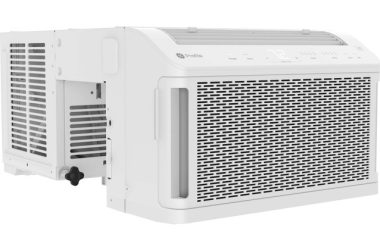1. Do not operate a compressor without refrigerant as it will overheat due to the fact that the motor is refrigerant cooled.
1a. Ensure that the condenser fan works properly. Don’t allow the condenser to overheat because the refrigerant has to stay cool to keep the compressor cool, because the condenser also acts as a form of radiator.
2. Evacuate thoroughly/Don’t operate the unit with air inside as that may cause its pressure and/or temperature to rise excessively.
3. Don’t mix refrigerants due to the risk of creating a flammable product.
4. Don’t allow dust nor any form of debris to get into the compressor.
5. No moisture is to enter the compressor because that will accelerate corrosion and degrade oil quality.
6. Don’t leave any part of the compressor without paint, if paint scratches off, paint it to prevent corrosion.
7. Operate compressor at least occasionally to preventing it from seizing up.
8. Don’t operate compressor with an over sized nor undersized start/running capacitor. Replace the capacitor with one identical to what the unit came with or request a datasheet from the compressor manufacturer, and it will tell you what capacitor is needed.
9. When replacing the compressor, don’t use the new compressor with the old receiver/drier, as the old drier may release debris into the new compressor and damage it or at least shorten it’s lifespan. Driers are cheap enough to warrant replacing them with the compressor.




